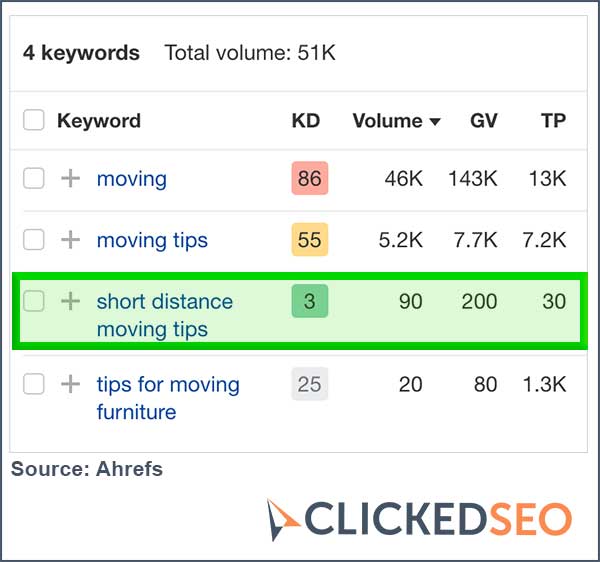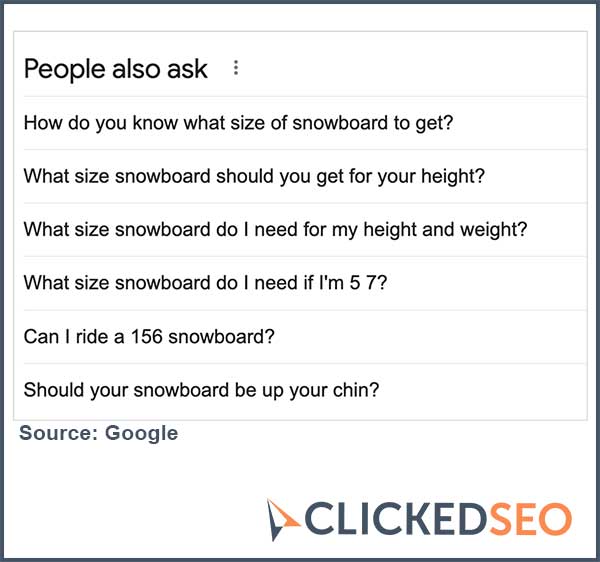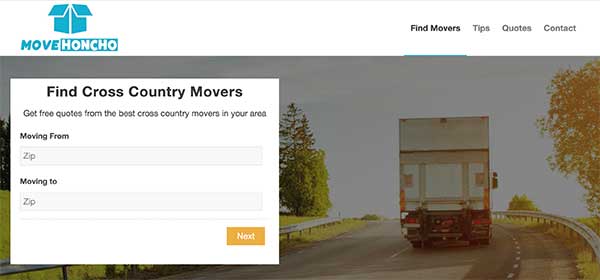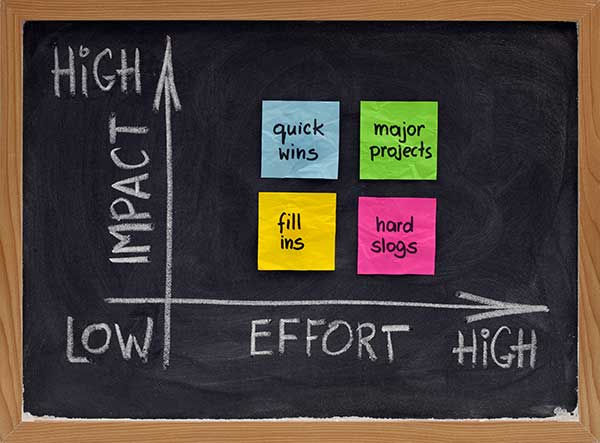The Lowest Hanging Fruit in SEO – 9 Quick Wins for Maximum Results With the Least Effort
SEO is not easy. It also takes a lot of time.
Some tasks are tedious, some require lots of brainpower, and some tasks are just downright time wasters.
There are a million and 1 things that you could be doing to boost your website, but what tasks will yield the highest payout?
Keep reading.
What is a quick win?
A quick win is a task that produces a high impact with little effort. Quick wins can also be referred to as “low hanging fruit”, meaning you don’t have to reach very far to obtain those sweet juicy apples (err.. rankings).
To be an effective SEO, we want to focus on these quick wins first – the tasks with the greatest rewards that require the least time & effort.
The 9 best quick wins in SEO
In an SEO slump? Do these 9 things:
1. Google Business Profile optimization (Formerly Google My Business or GMB)
For local SEO with a brick and mortar location, an optimized Google Business Profile is hands down the lowest hanging fruit in SEO (If you don’t own a physical location or are targeting a wider geographical area than your location, skip to #2).
Think about the last time you were searching for a new local store. Odds are you found them through their Google Business Profile.
Follow these 2 simple steps to optimize your Google my Business Profile:
- Fill out all of the info in detail
- Fill out the products, services, hours, about section, etc. and keep them up-to-date.
- Get your reviews up
- Reviews help your business profile rank and also create a positive brand reflection, making web surfers more likely to convert with you.
- The best way to get your reviews up is to share your direct review link through things such as email/text campaigns, print signage, and manual outreach.
A well-ranking Google Business Profile with lots of good reviews is an easy way to give your SEO a big push in the right direction with relatively little effort.
2. Image optimization
We all know that site speed is important. What slows down a site the most? Images, no doubt.
You can significantly speed up your site by keeping all of the images below 100 KB (ideally in the 50 KB range).
This is pretty easy to do, too.
To compress images manually, you can use an app like Photoshop and first resize them (to less than 1,000 px wide), then export for web with “medium” quality to get that file size nice and small.
Or you can use an online tool such as Optimizilla.
A 3rd option is to use a plugin such as Smush to automatically optimize your images for the best file size and do additional things to help speed like lazy loading.
3. Targeting low competition blog keywords
Are you having trouble ranking your blog articles even though they are well-optimized?
Odds are the keyword target is too competitive based on your current website authority.
You want to find low competition keywords so you have a better chance of ranking your blogs. In general, the more specific the topic, the better it will rank. A good free tool to get an idea on competition levels is Google’s Keyword Planner. Look for keywords with low-medium search volumes and low competition levels. A good paid tool is Ahref’s keyword explorer. Look at their Keyword Difficulty (KD) metric and try to find targets that are “Low”.
Let’s use a real-world example in the moving niche. Say I have a relatively new website and want to write an article targeting “moving tips”. Good idea? Probably not. “Moving tips” is highly searched and highly competitive (Ahrefs keyword difficulty = 55) . What should we write on instead? How about “tips for moving furniture”. This is a better option, with an Ahrefs keyword difficulty (KD) of 25. However, a 25 KD is still relatively difficult. As a new or low authority website you will still struggle to rank first page for this phrase.

Using Ahrefs keyword explorer to find low competition, high search volume keywords
What about “short distance moving tips”? Bingo. This keyword phrase has a KD of 3 and a higher search volume than “tips for moving furniture”.
This can apply to any niche. Find more specific keyword targets, and optimize your on-page SEO targeting that specific phrase. You will have much better ranking success.
As your authority and traffic builds over time, you can start targeting more coveted keyword phrases.
The bottom line for SEO blogging is don’t target keywords that are too difficult. Start small and end big.
4. Updating old articles
Updating old articles can take a fraction of the time of writing a new article, and can yield even bigger payouts.
Making small tweaks/additions
The act of simply updating an article could in and of itself help your rankings by signaling to search engines that your content is remaining up-to-date.
One thing you can tweak is the year, i.e. update your title from “Is a CPA worth it in 2021” to “Is a CPA Worth it in 2022”.
You can also add new information to the article.
Last, information changes. If you included any statistics, make sure they are up-to-date.
Bonus tip: never put a year or date in your URL, this allows the content to stay evergreen.
Optimizing existing keywords
This is another huge quick win for SEO.
To optimize existing keywords, run an old article into your SEO tool of choice to see what keywords are near the bottom of the first page or toward the top of the first page. These are called “striking distance” keywords. They are ranking, but if you could move them up just a few spots, you would see great results.
For example, let’s say I have an old article about contact lenses. I find out that the article is ranking on the second page for “colored contact lenses” and my article doesn’t even include the word “color”. By simply adding a little blurb about “colored contact lenses” to the article I can move this keyword up in the search engine results pages (SERPS).
You may be surprised at the articles you have containing keywords within striking distance, and oftentimes improving the rankings is as simple as just adding a bit more content containing an exact match of that keyword in the body copy or in an H2.
5. Use “People Also Ask”
People also ask (PAA) is an often overlooked way to conduct keyword research. It’s quick, free and simple – no login required.
To use PAA, think of a question centered around your niche. For example, if I have a snowboarding website, I could search “what size snowboard should I get.” I scroll down a bit and see the following PAA section based on that query:

Once you get your ideas from PAA, plug them into a keyword tool to get search volumes and competition levels.
Depending on search intent, volume, and competition levels, you may choose to target multiple PAA queries within the same article, or create a separate article for each one.
Pro tip: Did you know that PAA is infinite? Simply continue to click the down arrow of the last result for infinitely loading keyword ideas!

To load unlimited keyword ideas, click the down arrow of the last PAA result.
Cool, right?
6. Make your website conversion friendly
As an SEO, it’s easy to have a narrow lens on just rankings and traffic. Take a step back to think about what matters: conversions.
The absolute last thing you want to do is leave conversions on the table by making it hard for prospective customers to find where to contact you.
It could be as easy as adding a highlight color over your “contact” button. Here’s an example from my moving company affiliate website, Move Honcho:

Having the contact button pinned to the navigation bar in a highlighted color ensures that those who want to contact you don’t have to look too far.
Another idea is to add contact forms above the fold of your transactional-intent pages, as such:
If a customer lands on your page and is ready to contact you, they can do so immediately. If they want to learn a bit more about you first, then they simply scroll down.
Make the most of your traffic by making it easy for customers who are ready to contact you to do so.
7. Build internal links
Building external links is hard, trust me, I know. It is extremely important to do, but it hardly classifies as low hanging fruit.
Here’s a quick win for you – give yourself backlinks by internal linking.
An internal link is when you link from one page on your website to another page on your website. When you do so, you are passing “link juice” (also called link equity) and topical relevance from one page on your website to another page on your website.
Say I have an ecommerce store that sells shoes. My “money page” is titled “Shoes for Sale”. I also have a blog article titled “What Size Shoe Should I Buy”. This blog article has lots of SEO traction and incoming backlinks. By internal linking from my blog article to my money page, I am funneling some of that link juice over to my money page to help it rank.
You want to internally link wherever relevant, but here are some specific tips on best practices are:
- Find articles with good backlink profiles to link from – You can do this by using Ahref’s “best by links” feature
- Link from your blog pages to your “money pages” – It is easier and more natural to build links to informational-intent articles
- Use keyword-rich anchor text – Don’t overdo it and make sure it still looks natural, but by including keywords in your anchor text you will send ranking signals to search engines
SEO quick-win #7: Make the most of your incoming external backlinks by linking internally throughout your site. It requires about 1% the amount of effort that external link building does.
8. Submit a press release
Submitting a press release is a great way to build internet buzz, which in turn can help your SEO. In fact, it will even get you some backlinks. Any time I need a quick link boost for one of my sites I will submit a press release. It is also the first thing I do when starting a link building campaign for a new website.
Of course, you shouldn’t exploit this and submit a subpar press release just for the backlink. These types of backlinks will offer little-to-no value. First, focus on good, newsworthy content that creates a positive brand reflection and big publications want to pick up. The backlinks are a secondary benefit.
My favorite press release service is eReleases. They have a great network of big name news outlets and personalized customer support.
To create brand buzz and jumpstart your link building campaign, give a press release a try.
9. Tweak your meta titles
It’s no secret that meta titles are important for SEO. They have a huge on search engines and users alike, and they take 2 seconds to update.
The best meta title may not always be “[Keyword 1 – Keyword 2 – Brand Name]”. Try mixing up your meta titles to improve click through rates and potentially your rankings.
Instead of a cookie cutter meta title, try switching it up to something a little more grabby.
Example:
Target keyword: “What is the fastest way to tie your shoes”
Traditional meta title:
What is the Fastest Way to Tie Your Shoes? | Shoe-Tyers Today
Spiced up meta title:
Here’s How to Tie Your Shoes in Less Than 2 Seconds (Really) | Shoe-Tyers Today
What title are you more likely to click on? Adding a catchy title can help improve clickthrough rates and potentially even rankings.
Give it a try.
The bottom line
Low hanging fruit and SEO quick wins are defined by their relative ease of implementing and high rewards.
There are many important things to do in SEO, but by getting some quick wins under our belt we can build a strong foundation and gain confidence to go onto our bigger projects.
Do these 9 low hanging fruit tasks for quick, easy SEO results.
I’m Ryan, founder of Clicked SEO in Des Moines, Iowa. If you have questions, shoot me a note, I’d love to chat.






